October 10, 2020
On the way to Bryce Canyon, we passed through Red Rock Canyon. In Bryce, you are looking down into the canyon. However, in Red Rock Canyon, you are down in the canyon looking up.
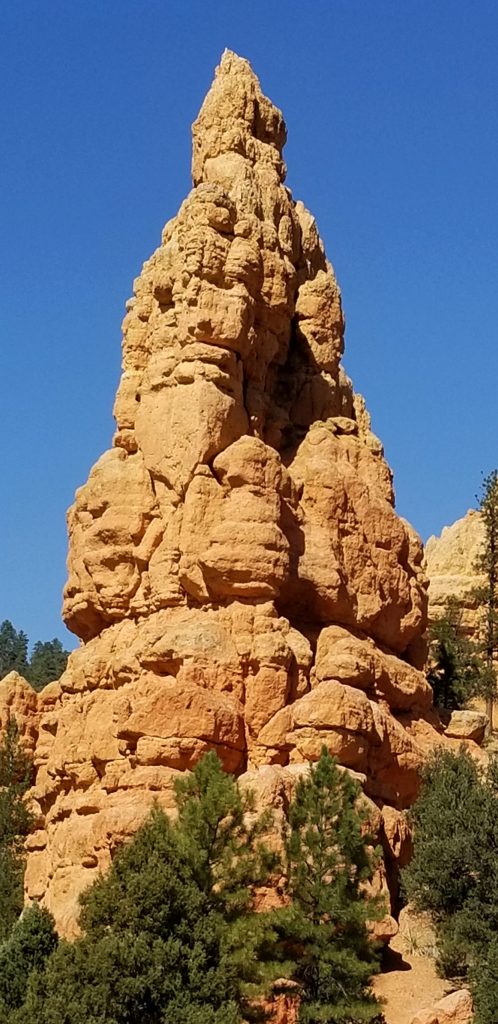
The red rock spires reach into the sky.
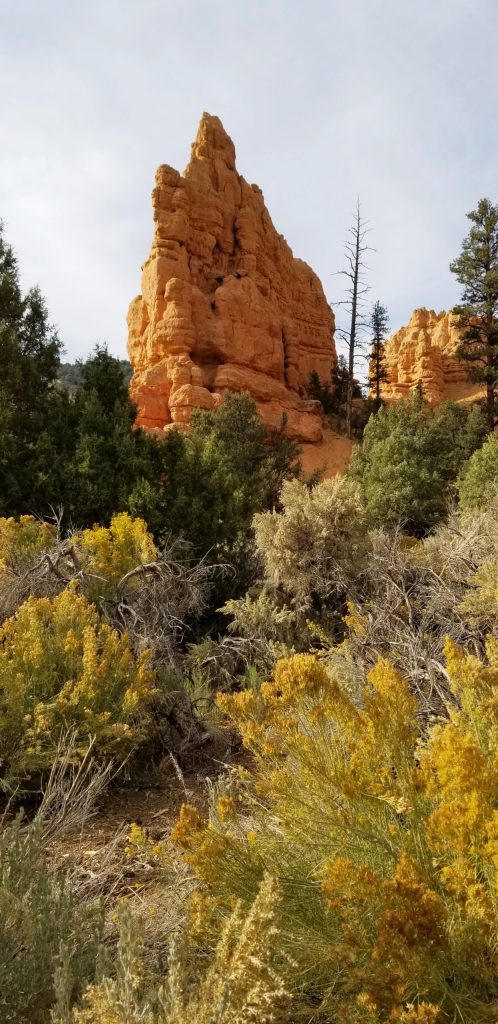
We drove on to Bryce Canyon where we saw this awe-inspiring display at Sunset Point. It wasn’t sunset, but the rocks were beautifully reflecting the afternoon light. Down below were trails, wildlife and conifers. It you look closely, you can see the tops of the trees.
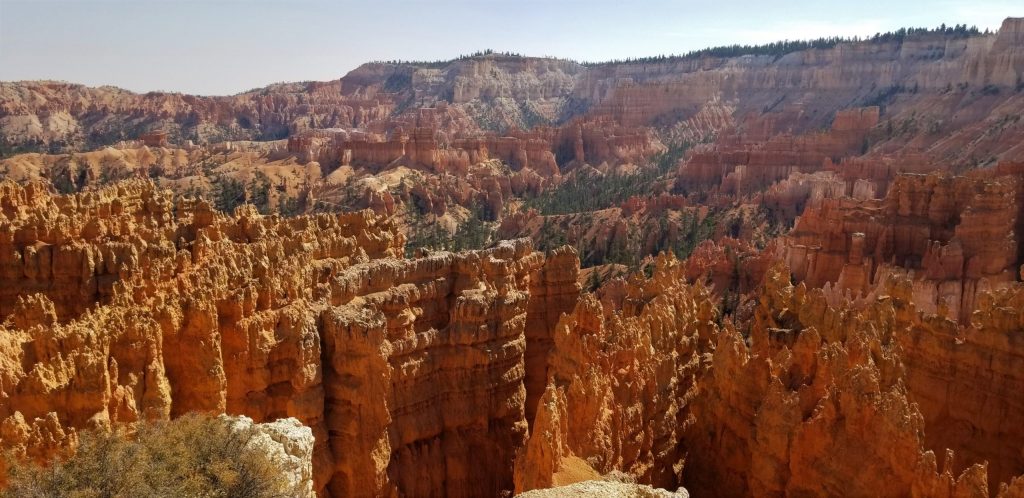
Bryce Canyon is a changing landscape. The spires, or hoodoos, as they are called, continue to change through erosion from wind, rain, snow and ice.
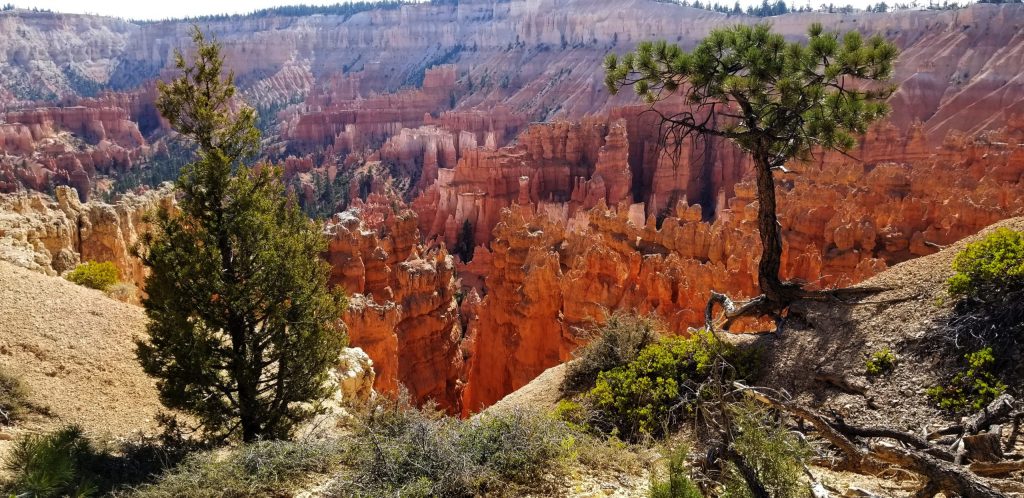
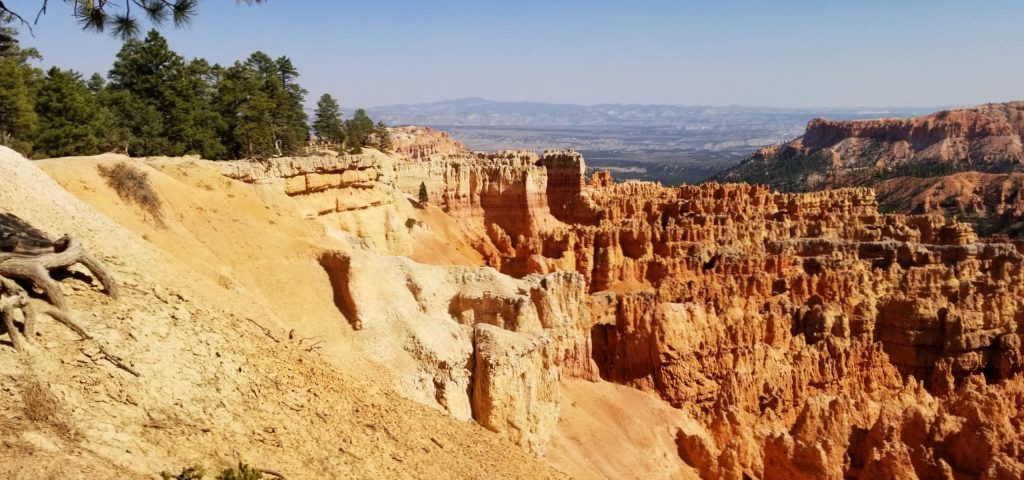
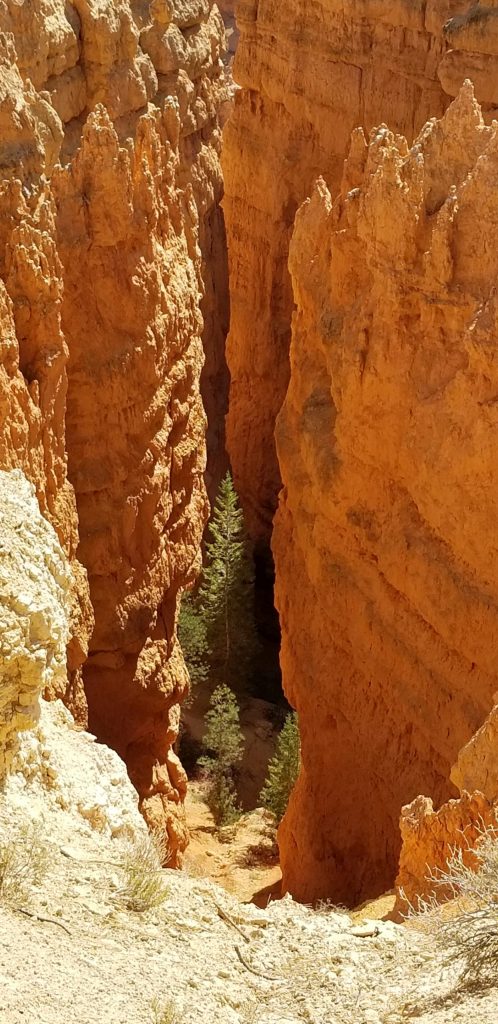
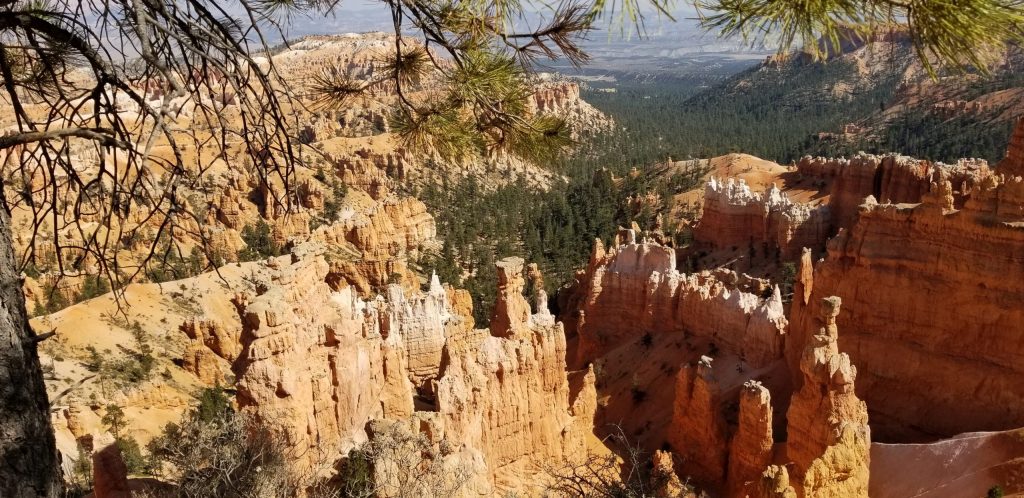
Bryce Canyon National Park is a rather narrow but long national park positioned along the edge of the Paunsaugunt Plateau. In the distance are the gray, white and vermillion cliffs that stair-step down to the land below. The elevation at the rim varies between 8,000 to 9,000 feet in elevation, thus the expansive views.
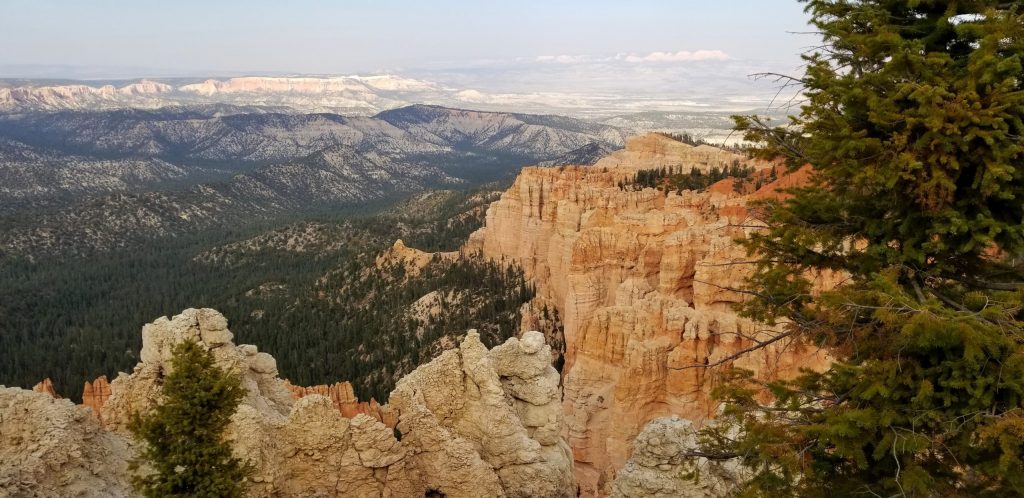
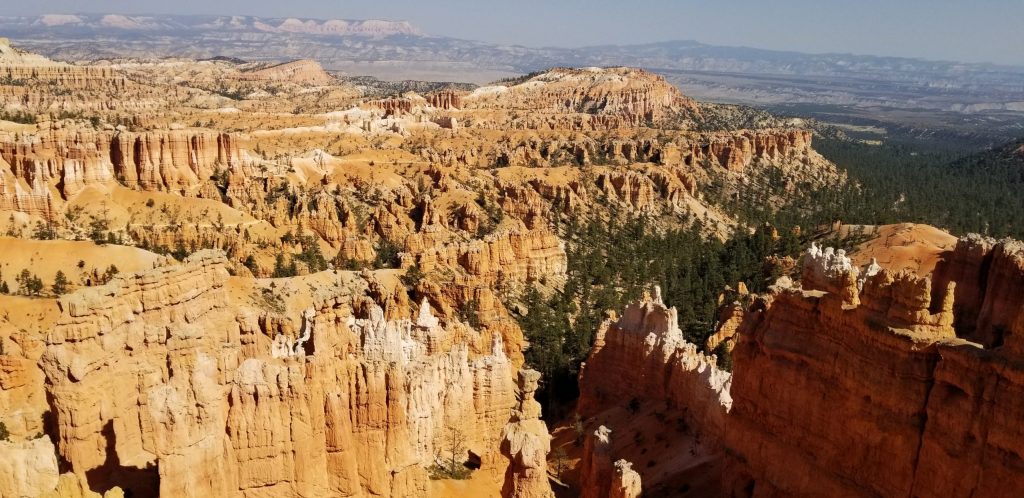
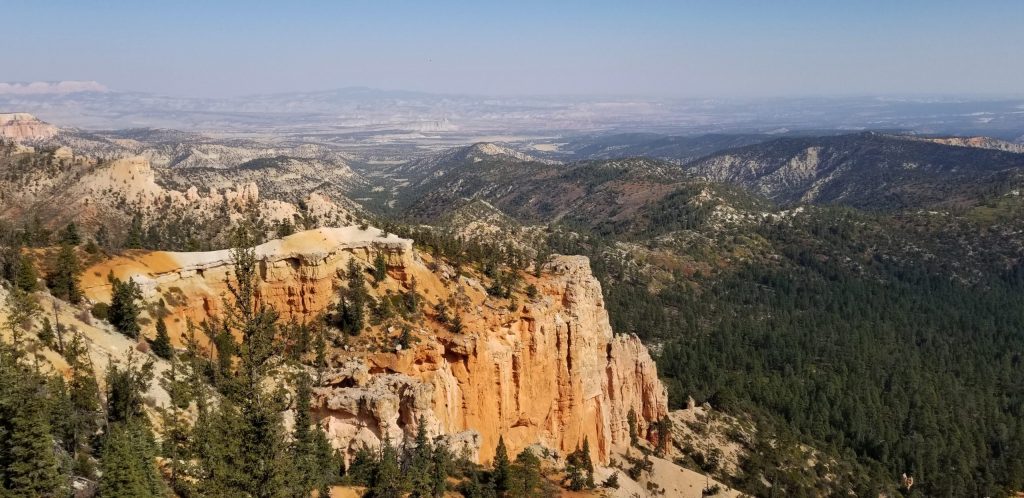
At around mile 12 of the road into the park, there is a “natural bridge,” which is really a natural arch. The name was given so long ago that it stuck. A true natural bridge by definition is formed by flowing water that cuts through the sandstone. This arch was formed by other means.
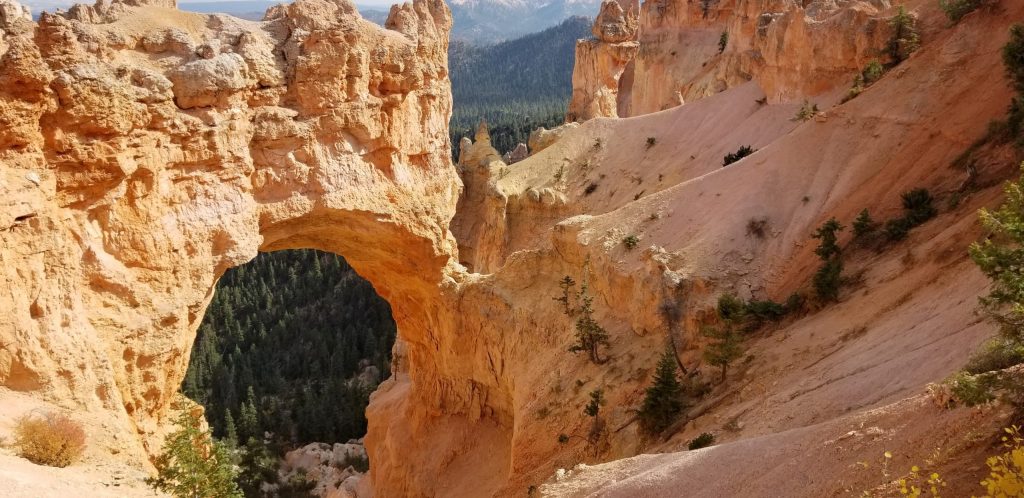
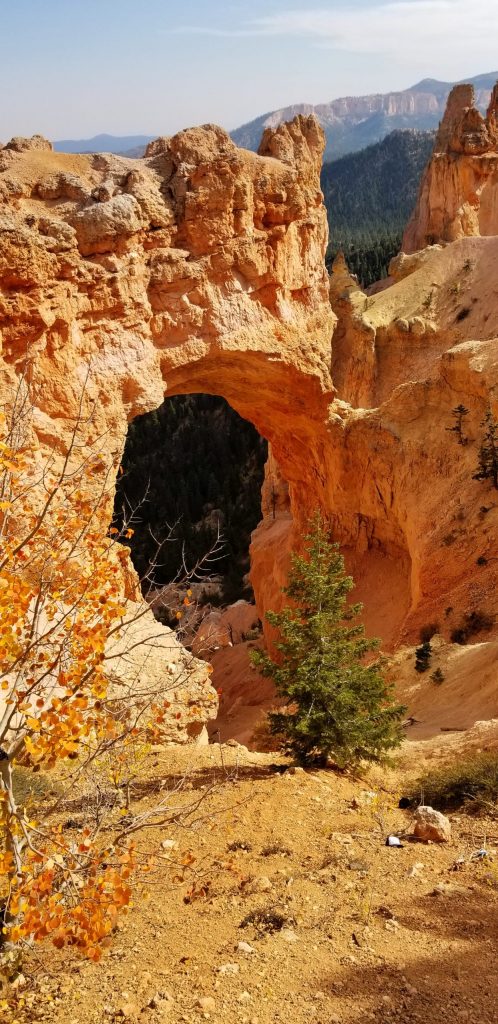
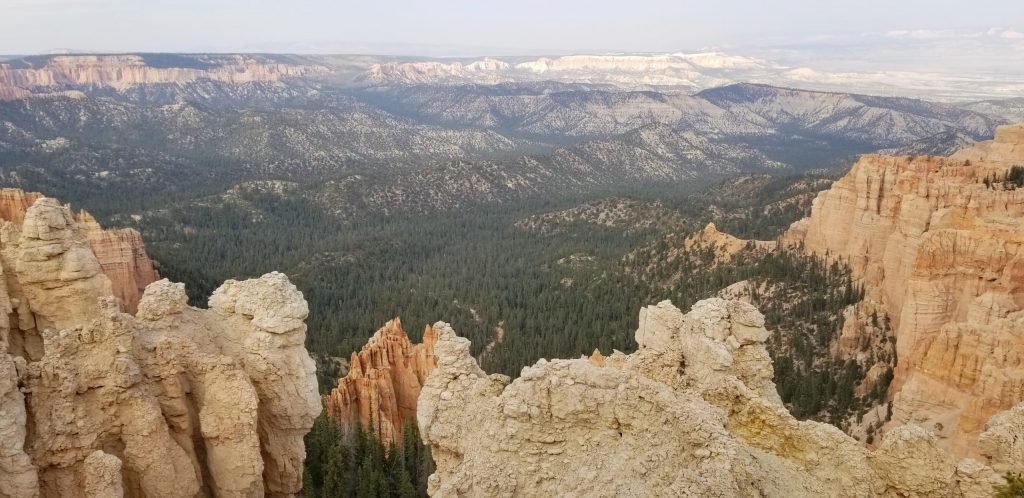
Looking across the span of Bryce NP at the end of the road at Rainbow Point.
We enjoyed our day at Bryce Canyon National Park. We would like to go back some day to spend more time there.
Categories: RV Travel, Utah Travel Tags: Airstream, Airstream Travel, Bryce Canyon, Bryce Canyon NP, Bryce National Park, Full Time RVing, National Parks, Red Rock Canyon, Red Rock Canyon Utah, Utah, Utah destinations, Utah scenery, Utah travel
